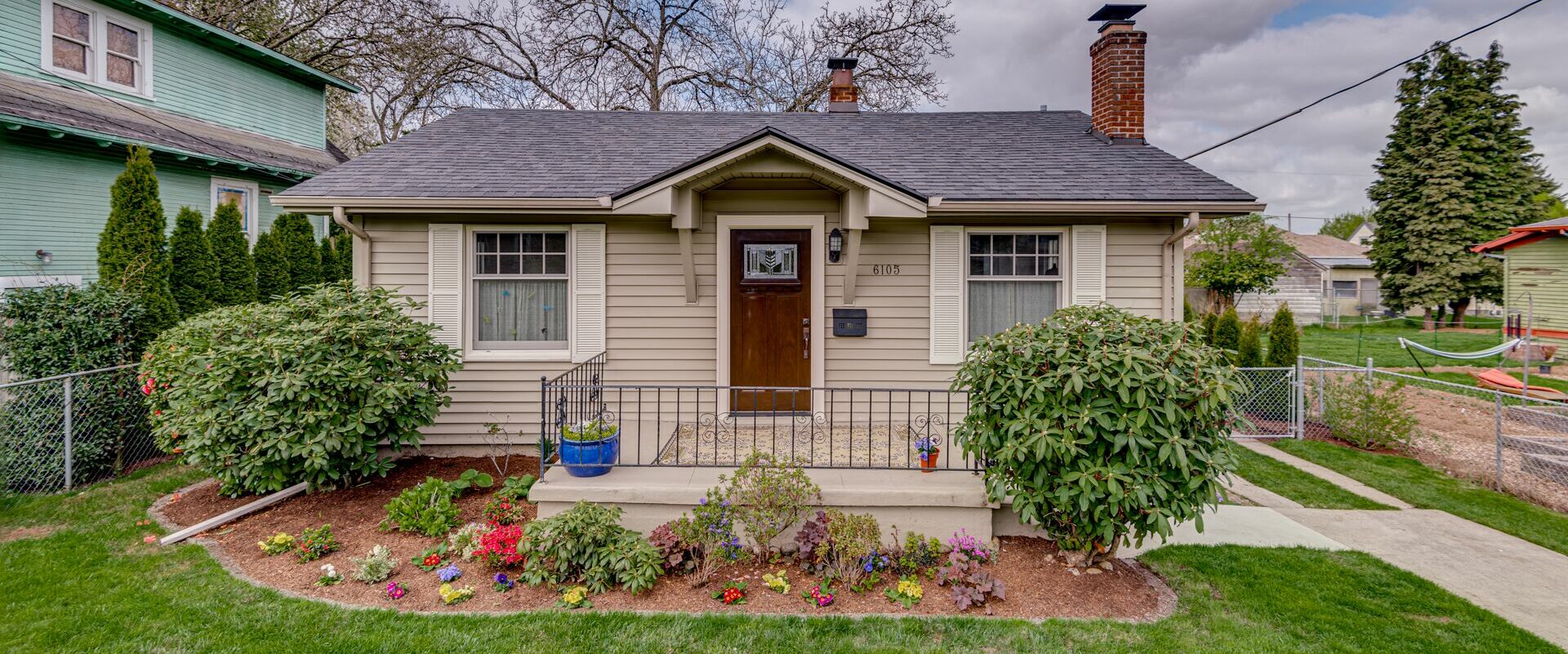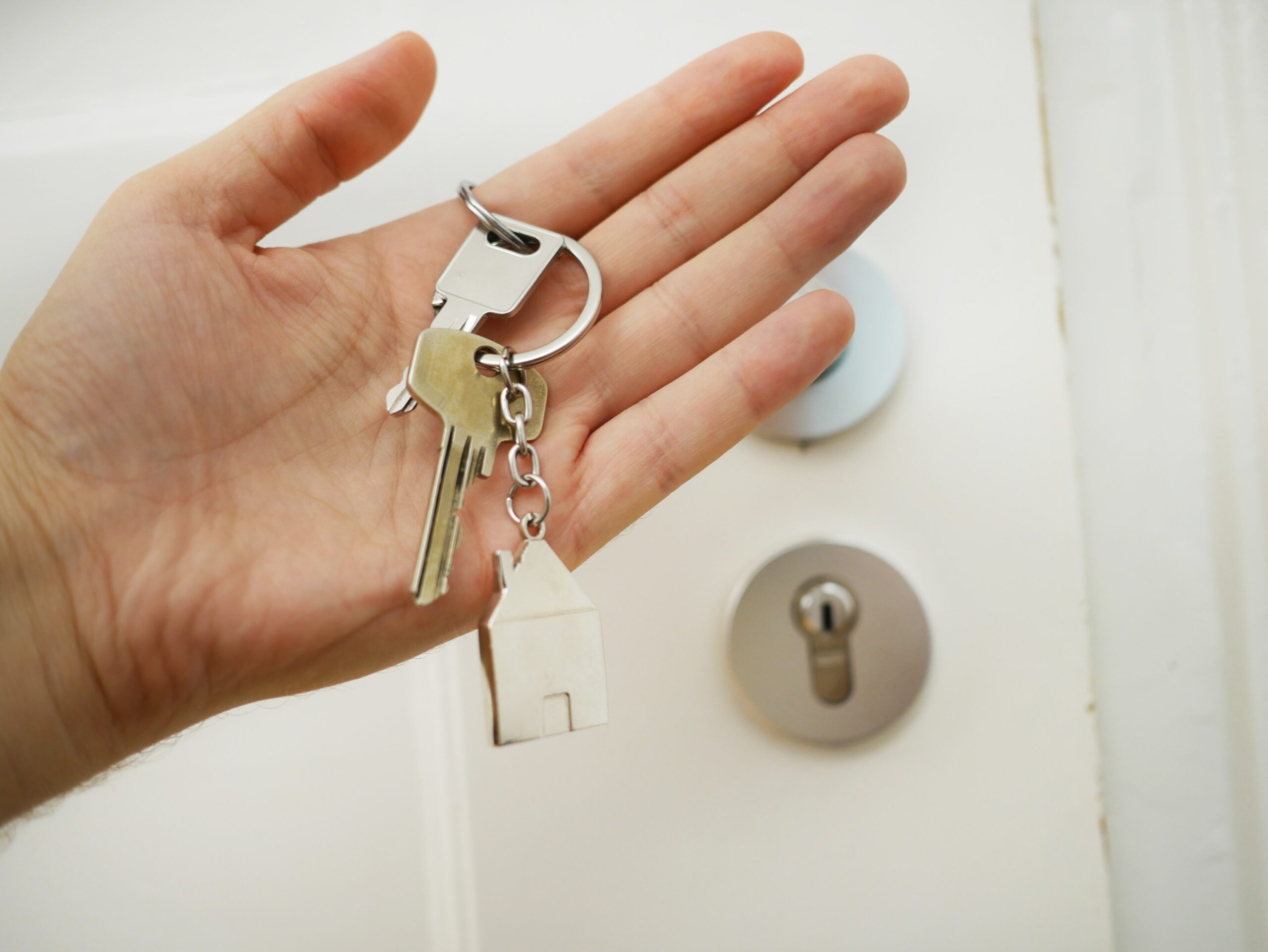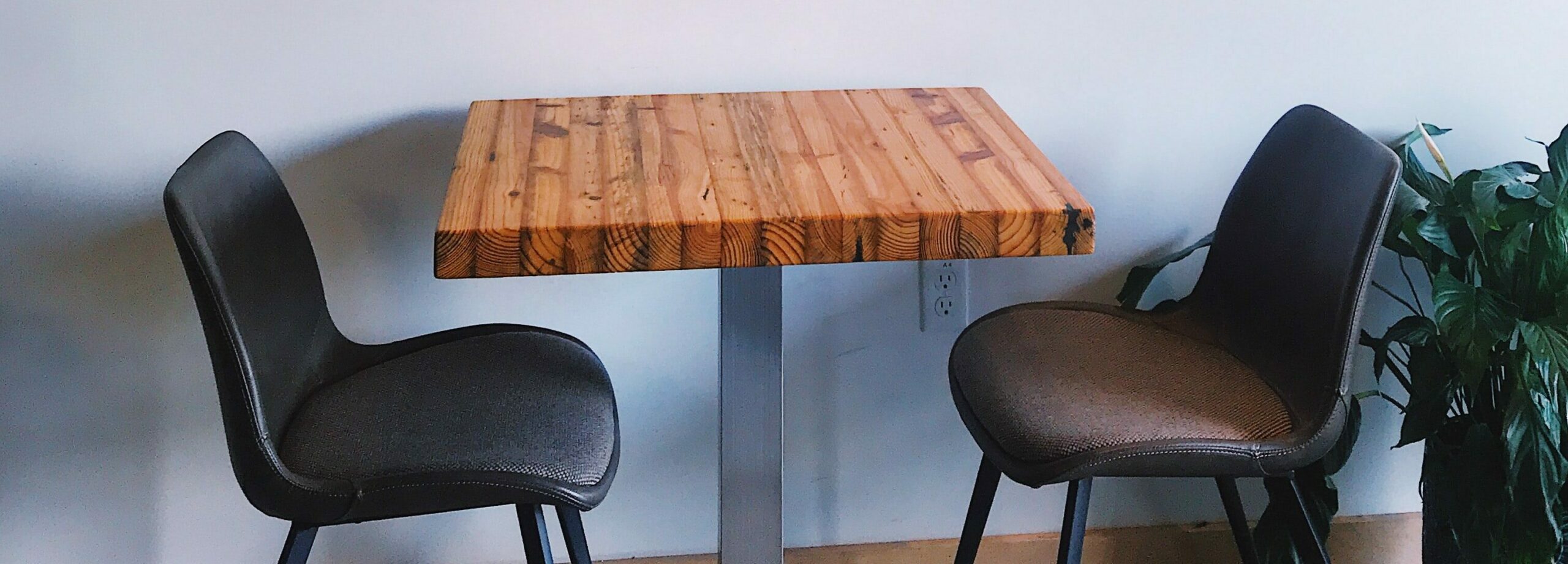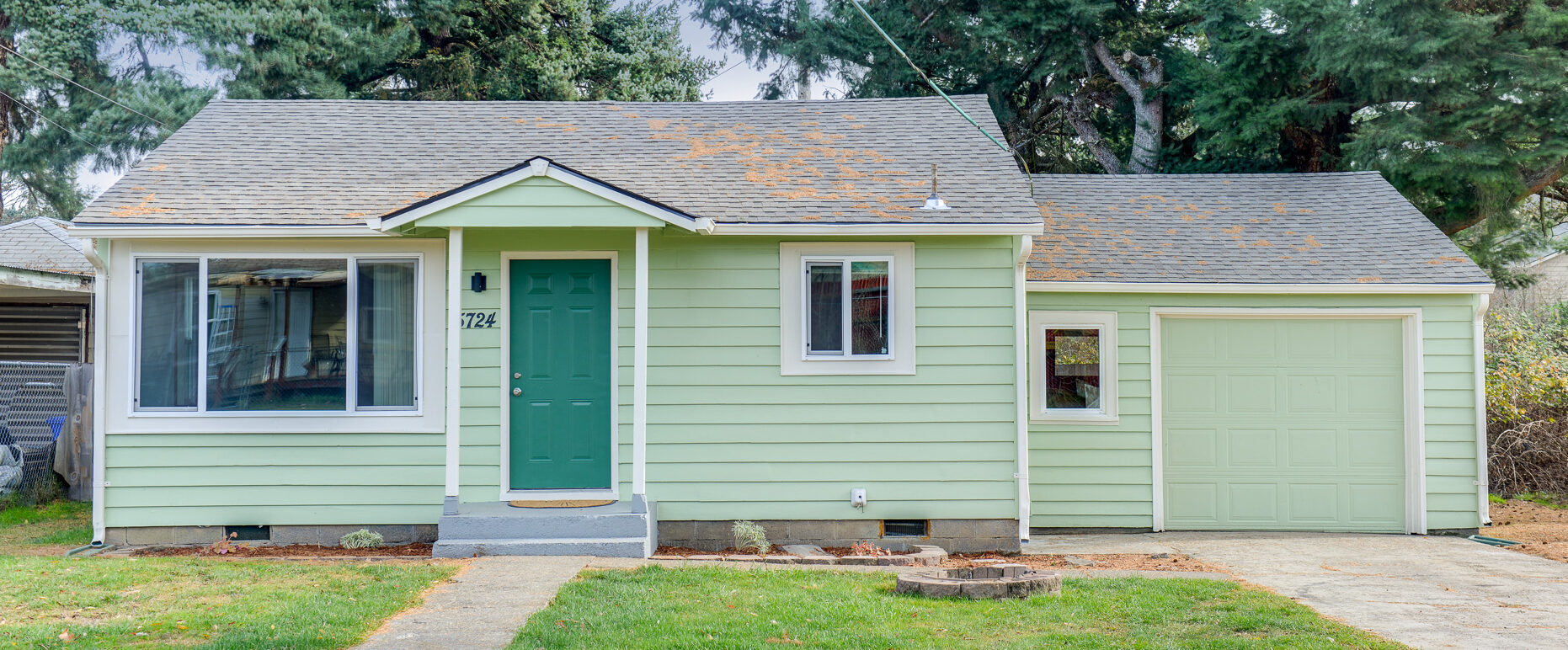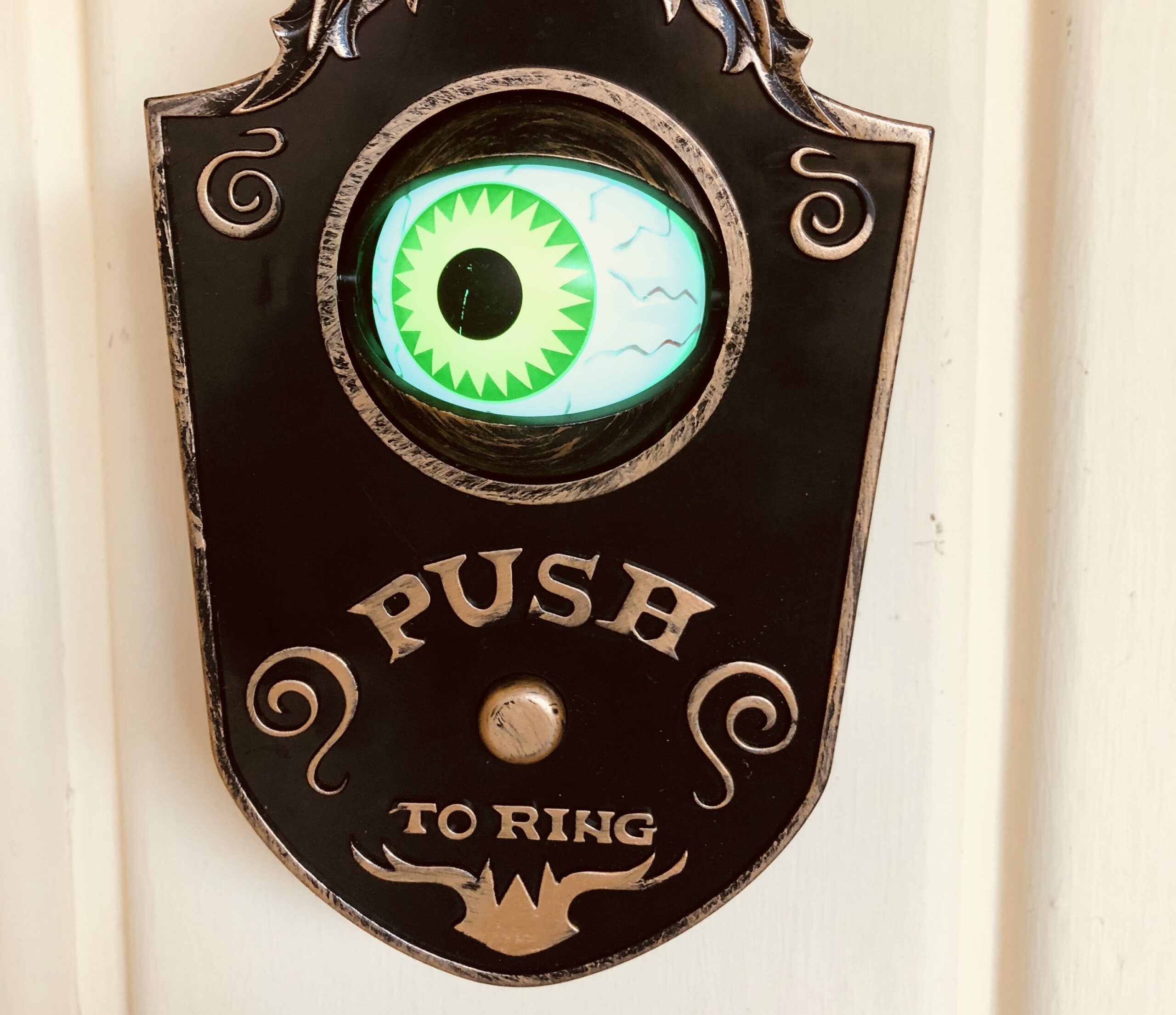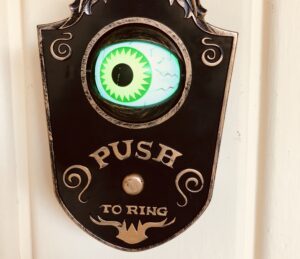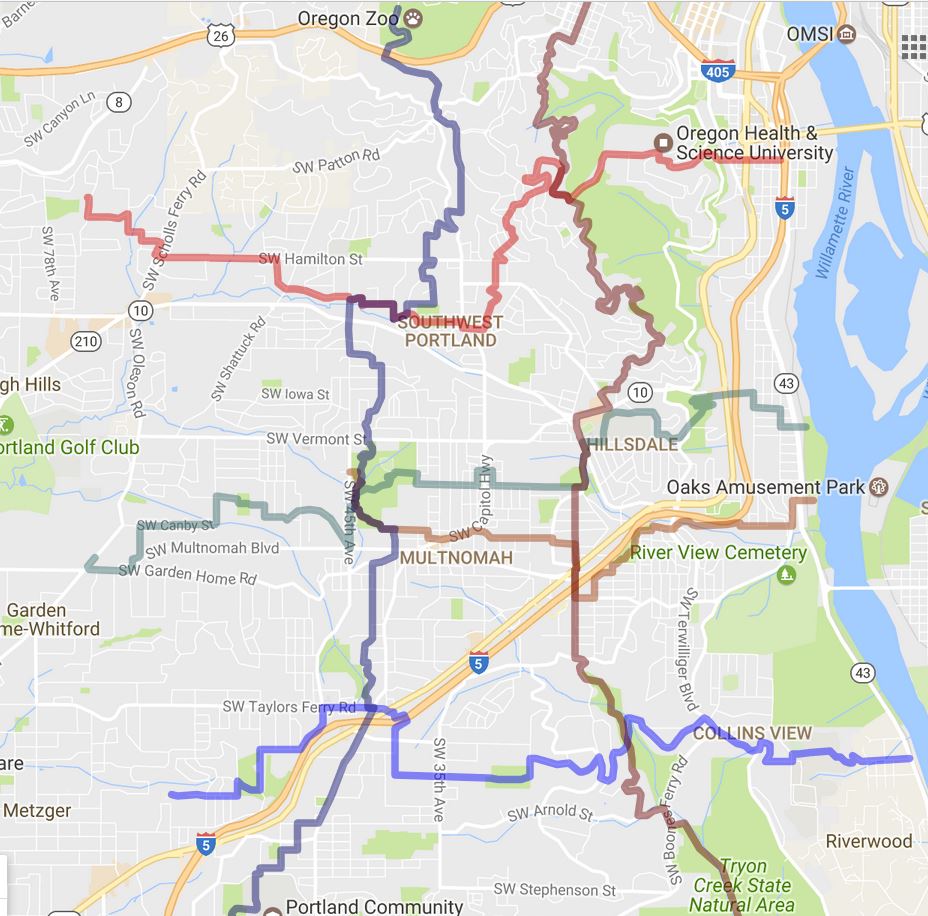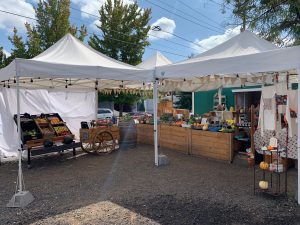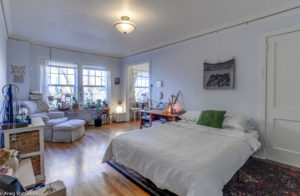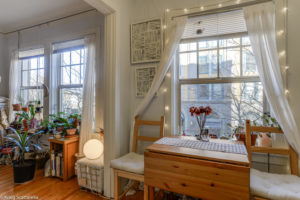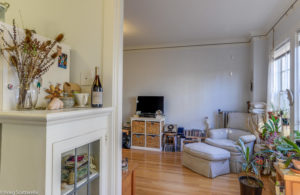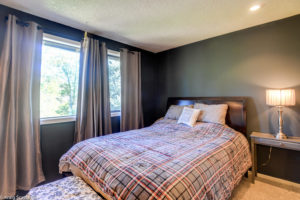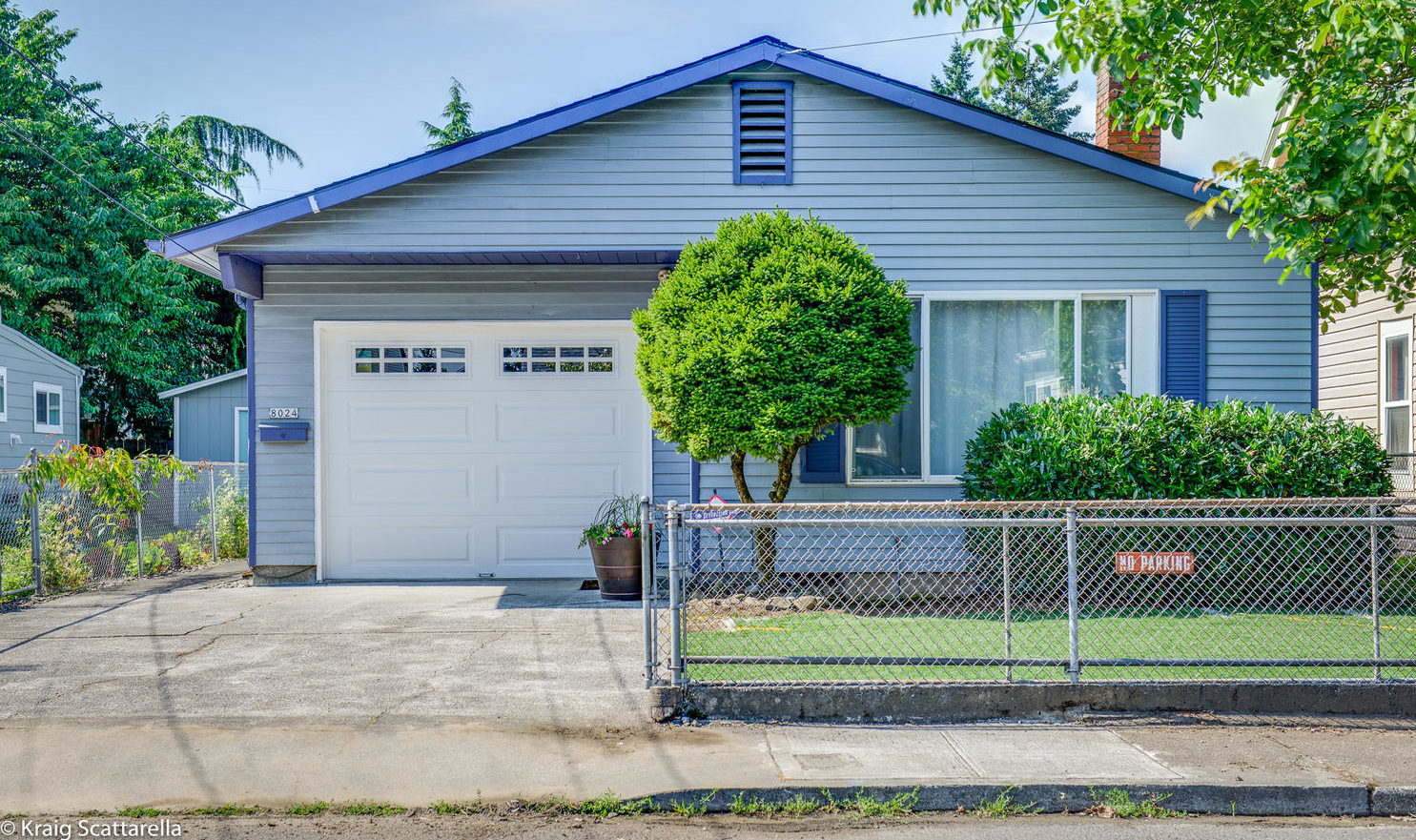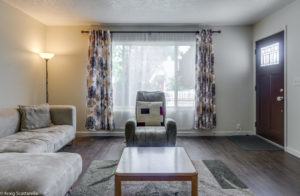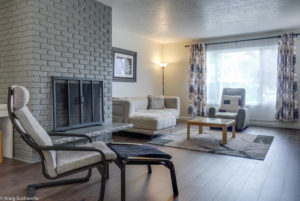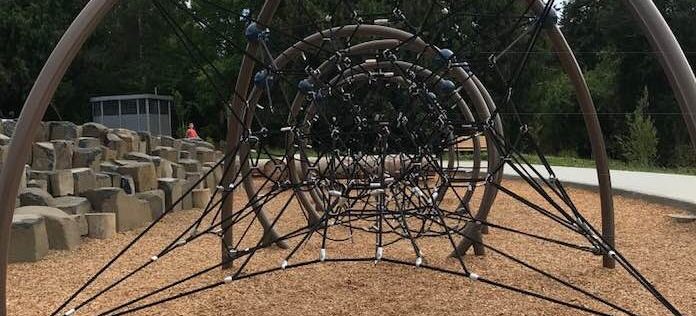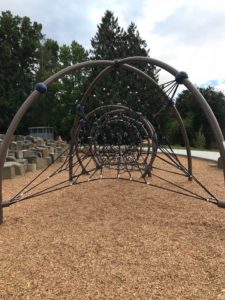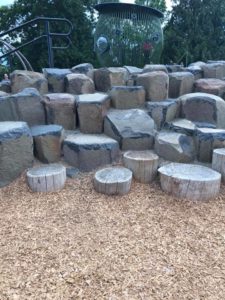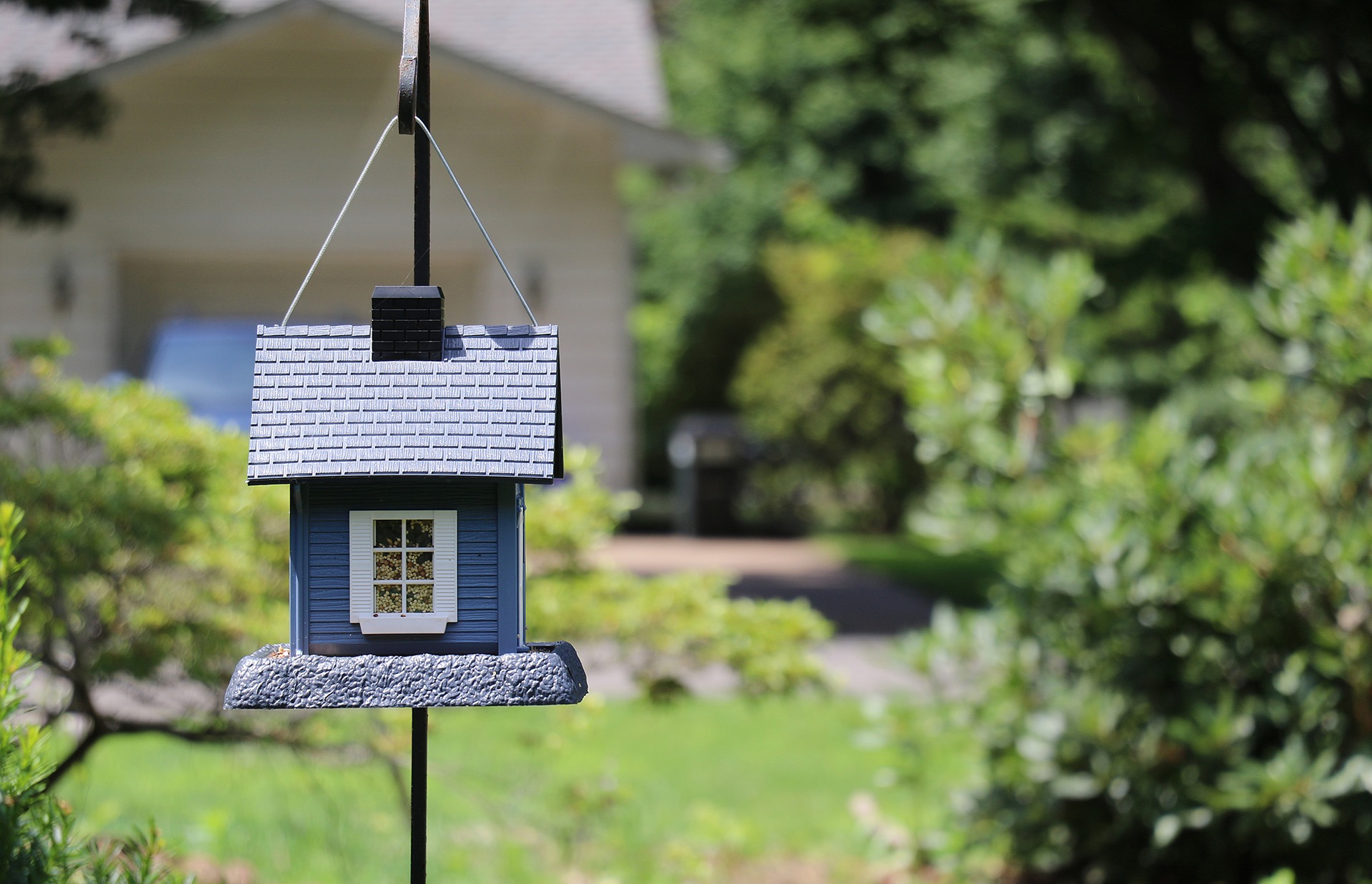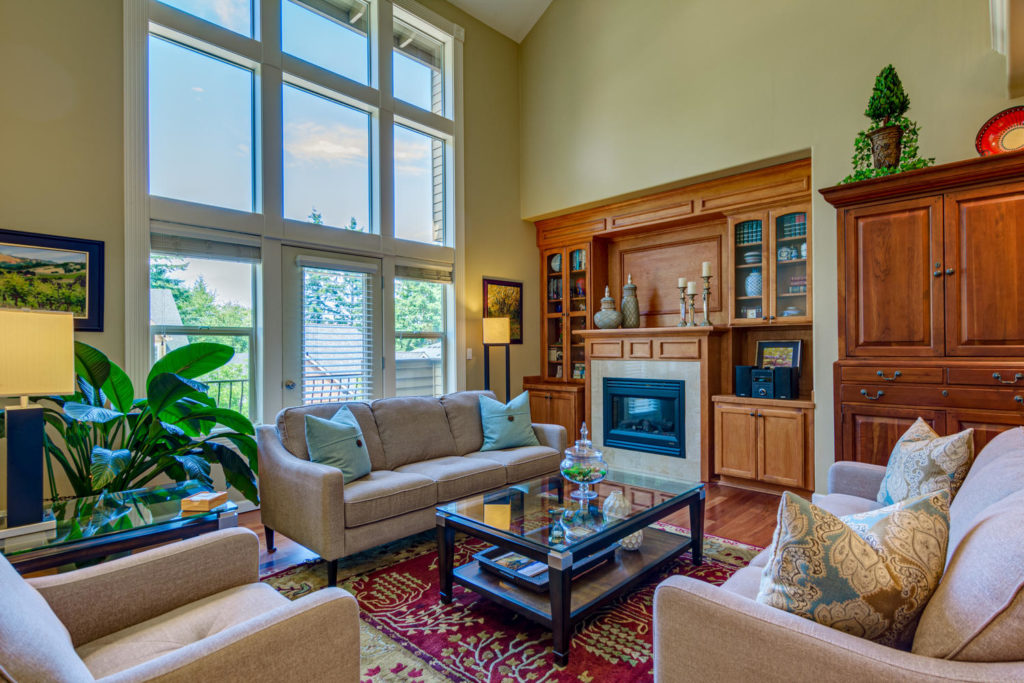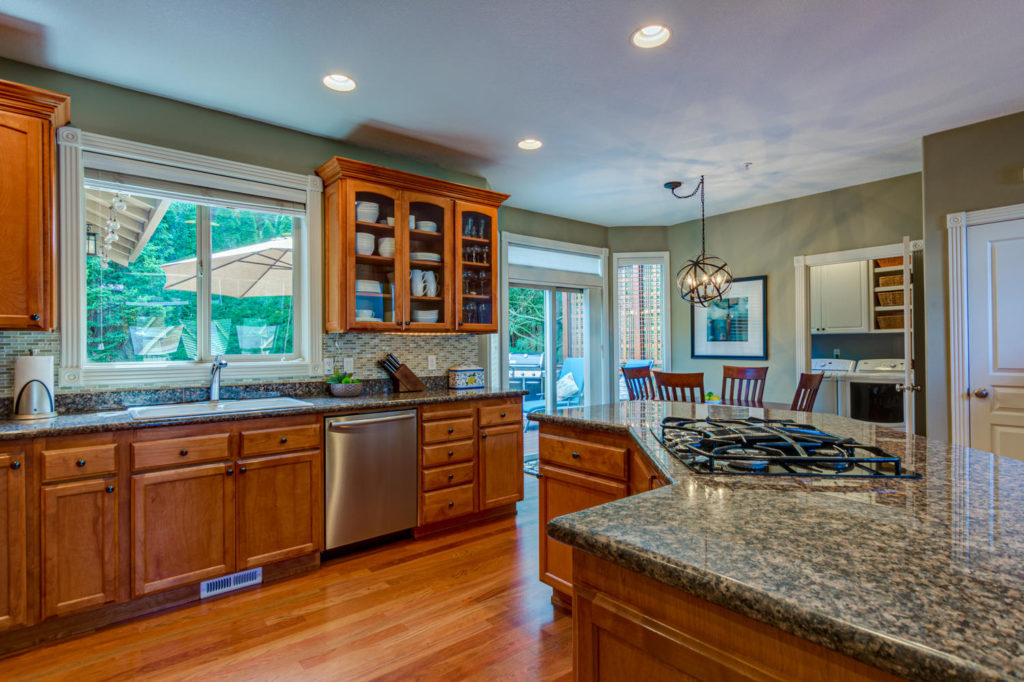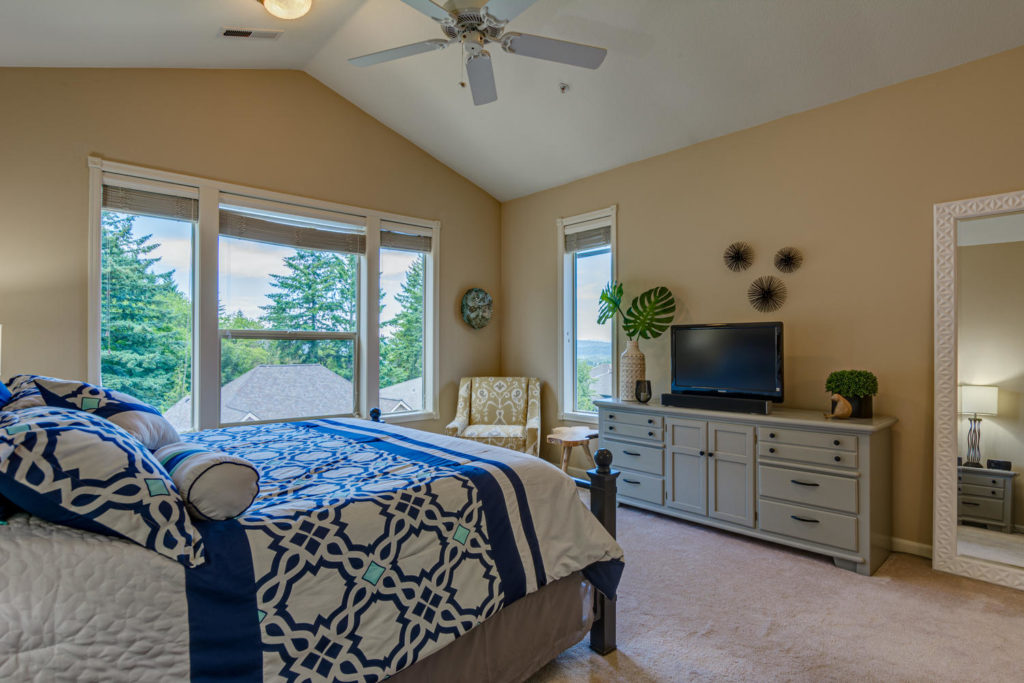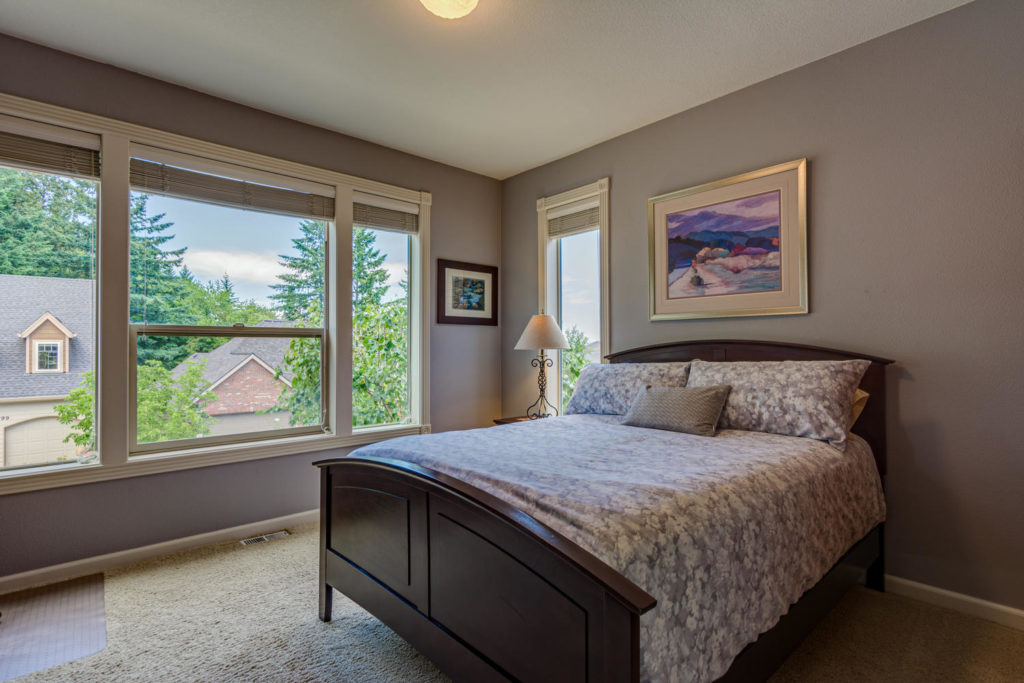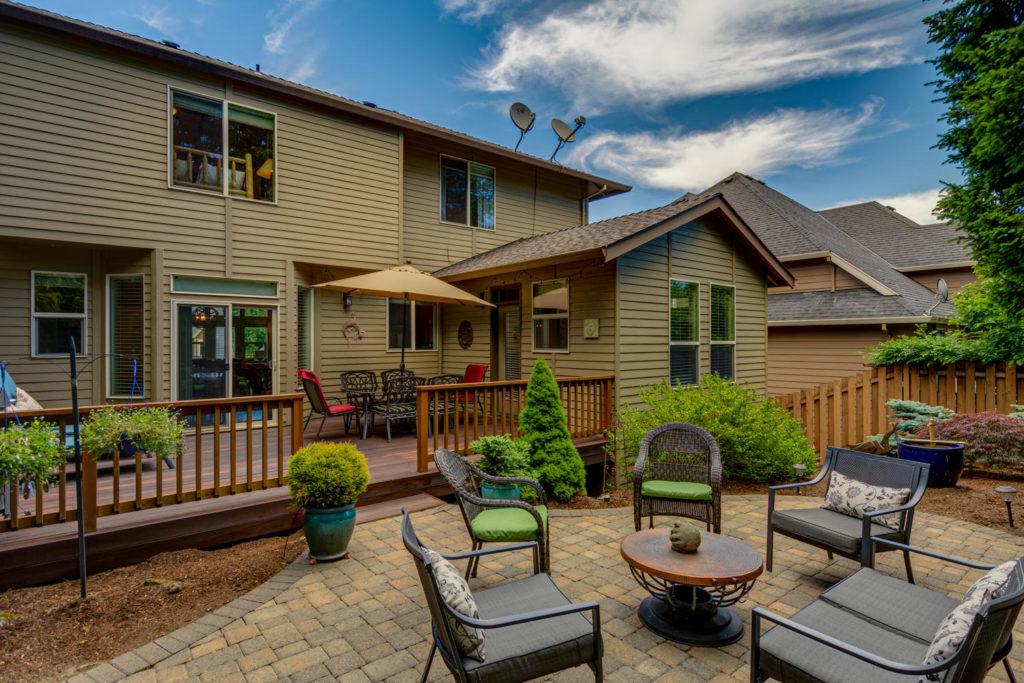You’ve been thinking about downsizing. But it seems like such a big step. How do you know when you’re ready? How do you know when the time is right? And what do you need to do to get ready to downsize?
When to downsize is a personal decision—one that you don’t have to rush into (unless you want to, that is!). The timing has to be right. And first things first: make sure the market is optimal. Research what’s happening in real estate in your community. Is it a seller’s market? You might want to take advantage! If the market is down, however, you might be better advised to bide your time.
Beyond the state of the market, consider whether your home is meeting your needs. Do you use the space in your home, or do you have rooms that you rarely enter? Do you feel overwhelmed by maintaining your house—or do you simply prefer to spend your time doing other things? Does the expense involved with your home make you feel like you’re missing out on other things—the opportunity to travel, for example?
Once you’ve decided that you want to downsize, know that the process can take some time. As you begin, think about your next home. What will be important to you? As people enter retirement, they often look to one-level living, accessibility, and security. In short, they want a home that they can stay in as they age. Deciding what you’re looking for in your next home will inform how you prepare to downsize.
Big items in your home will certainly need your attention. After all, if you’re moving from a 4-bedroom home with a formal living room, formal dining room, den, and home office to a 2-bedroom condo with an eat-in kitchen, you’re going to have to pare back your furniture considerably. Do you have family members or friends who you might give pieces of furniture to? Or, can you donate furniture to a nonprofit organization?
Paperwork accumulates over the course of a lifetime. Don’t move boxes or filing cabinets full of documents. Instead, go through every last file folder, box, and drawer. Shred documents that you no longer need. And digitize those you do need to keep.
The same goes for photographs. Of course, you should keep treasured family photos. But do you need to keep, well, all of them? You can give some photos to family members. You can digitize others. (There are even services that will do this for you.) And you can still keep your most precious photos in an album (or two).
When it comes time to move, commit to moving your remaining possessions—ALL of your possessions—into your new place. In other words, don’t move furniture and personal items into long-term storage. No matter how important these things might be to you, in most cases, these things will be out of sight, out of mind.
Whether you’re thinking of selling your current home, buying a new, smaller home, or both, I’d love to walk with you through this process!





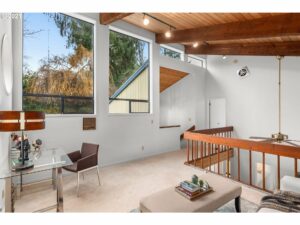

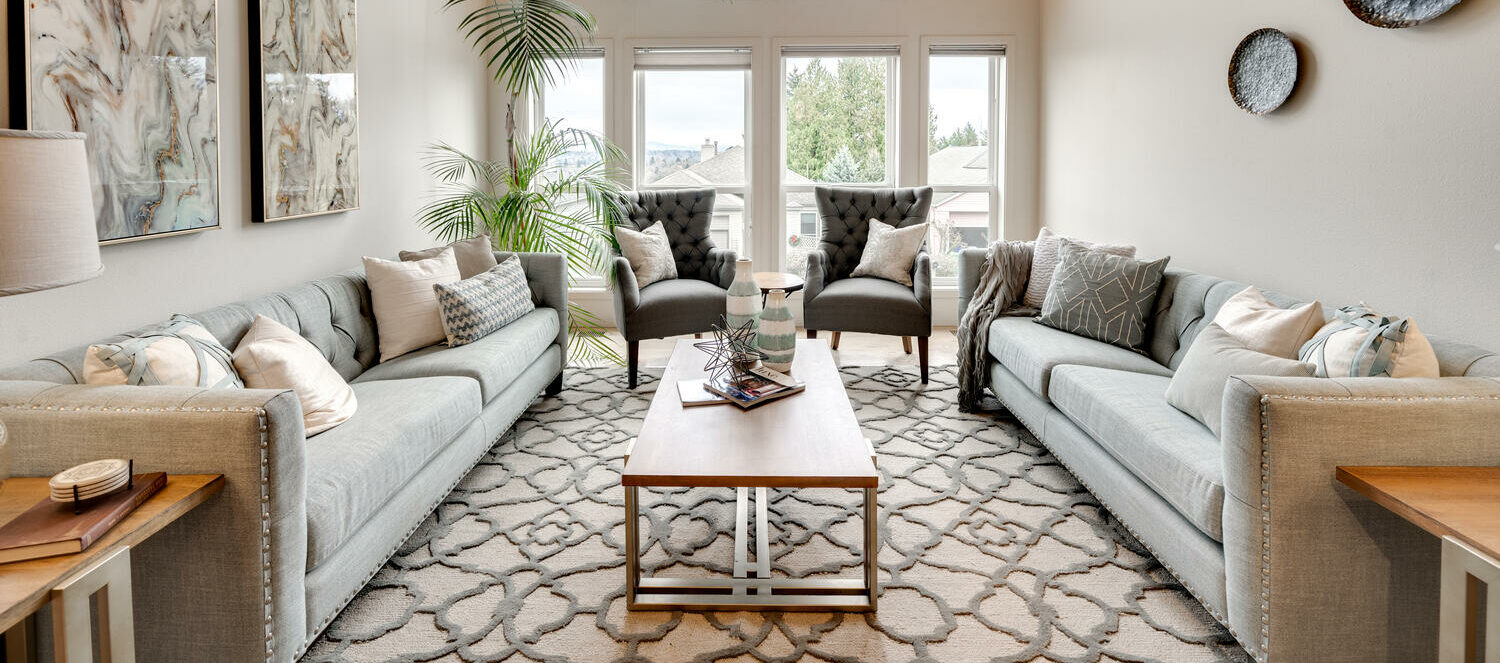









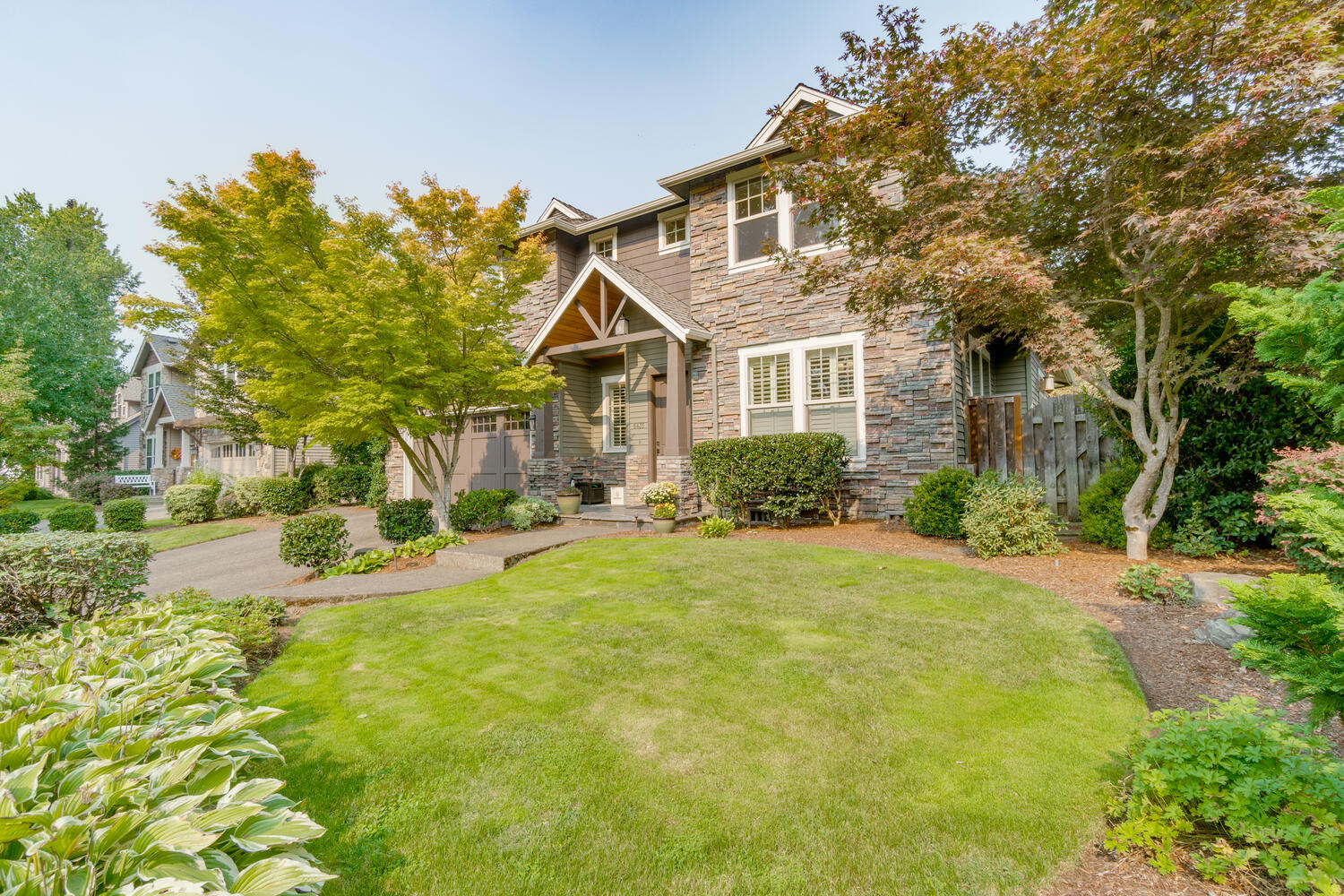



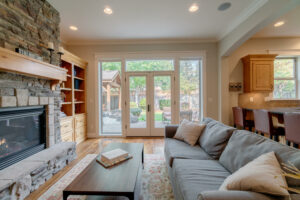






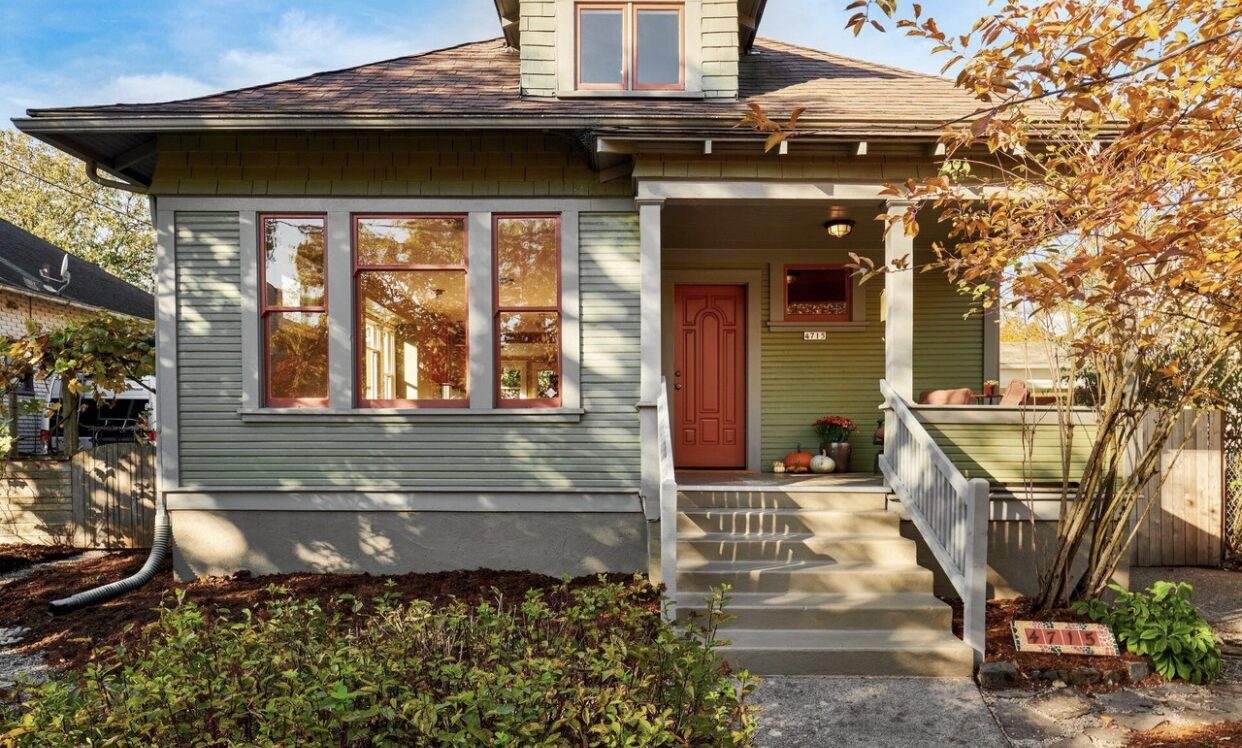

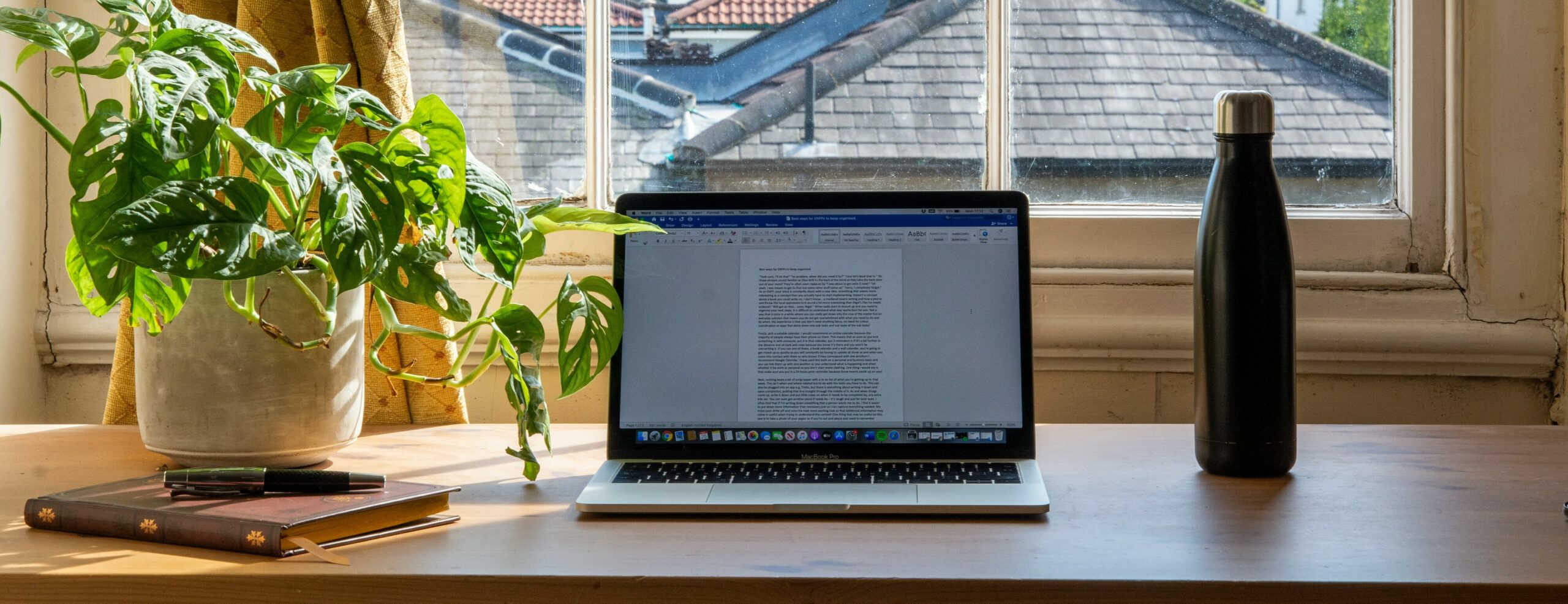




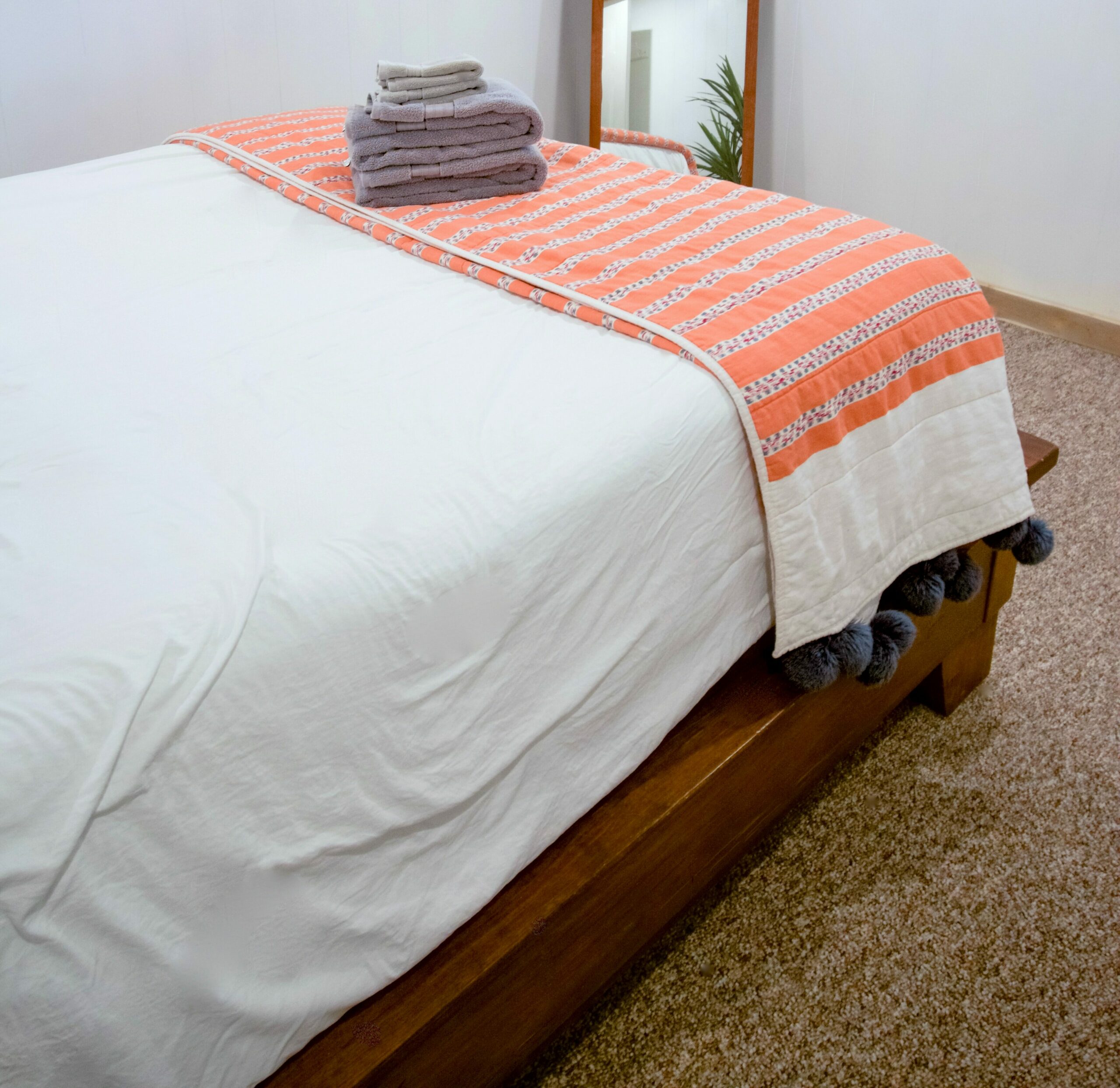
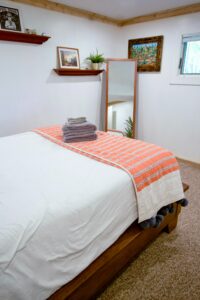 There is an art to making guests feel welcome in your home; create a warm and cozy guest space is a vital part of this. If you don’t have a designated guest room and instead rely on a den or family room, try to make the space as private as possible to give your guests a retreat. A little quiet time can go a long way in preserving harmony when everyone is under the same roof!
There is an art to making guests feel welcome in your home; create a warm and cozy guest space is a vital part of this. If you don’t have a designated guest room and instead rely on a den or family room, try to make the space as private as possible to give your guests a retreat. A little quiet time can go a long way in preserving harmony when everyone is under the same roof!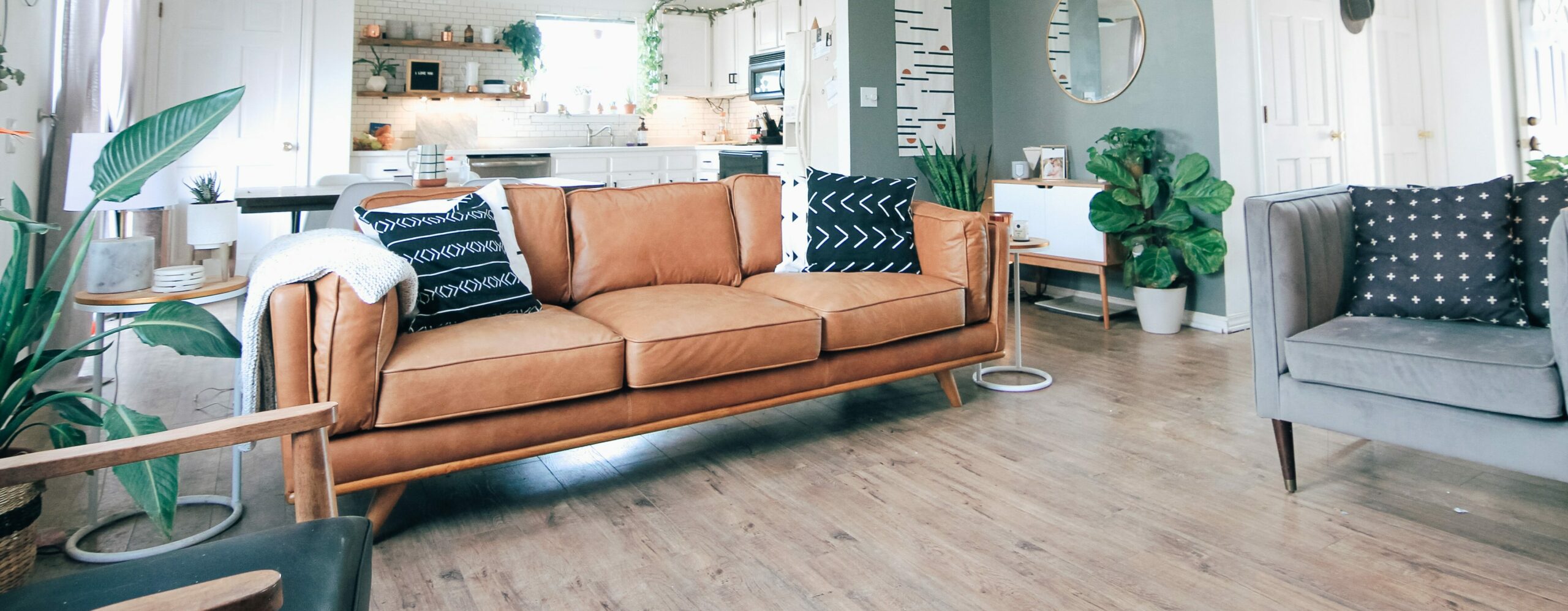
 Undoubtedly, part of the fun of house hunting is imagining what your new home will look like. Turning a vision into a reality is often easier said than done, however. No matter how much you may wish to have your home look like a photo in a magazine, careful planning and execution are crucial!
Undoubtedly, part of the fun of house hunting is imagining what your new home will look like. Turning a vision into a reality is often easier said than done, however. No matter how much you may wish to have your home look like a photo in a magazine, careful planning and execution are crucial!
 A Neighborhood Treasure: Little Free Libraries
A Neighborhood Treasure: Little Free Libraries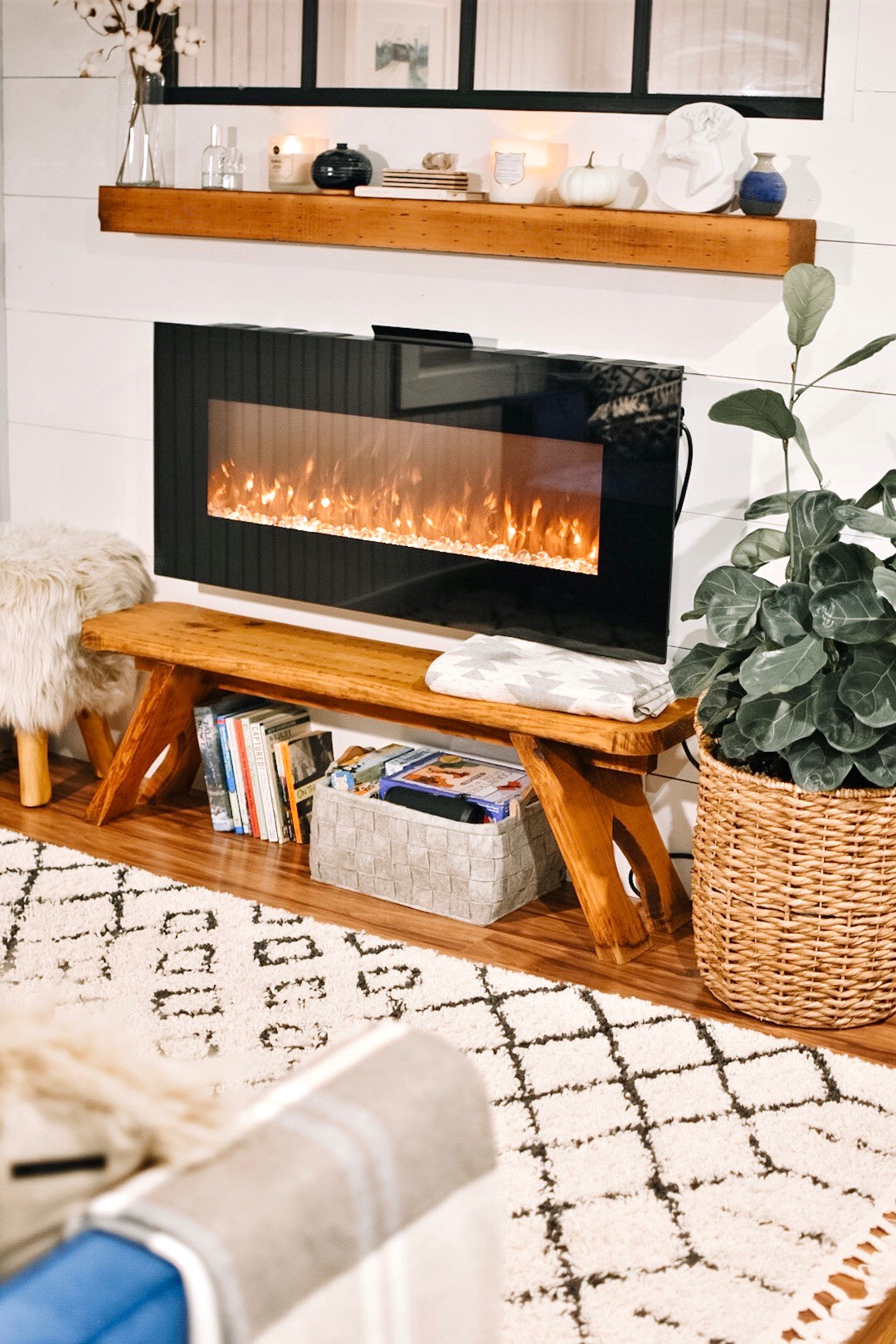
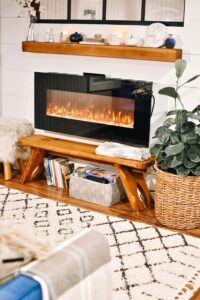 My family has spent as much time as we can outdoors over the summer months. The same is true for most people I know. We have seized every opportunity to take a walk, go on a hike, read a book outdoors, eat dinner on the deck, visit with neighbors. And it’s not just because of COVID (although that certainly was a factor this year). In the Pacific Northwest, we collectively rush outdoors on the first warm-ish day of early spring, and there we stay until the last warm-ish day of fall. We have to. We know how long and dark the rainy season will be.
My family has spent as much time as we can outdoors over the summer months. The same is true for most people I know. We have seized every opportunity to take a walk, go on a hike, read a book outdoors, eat dinner on the deck, visit with neighbors. And it’s not just because of COVID (although that certainly was a factor this year). In the Pacific Northwest, we collectively rush outdoors on the first warm-ish day of early spring, and there we stay until the last warm-ish day of fall. We have to. We know how long and dark the rainy season will be.
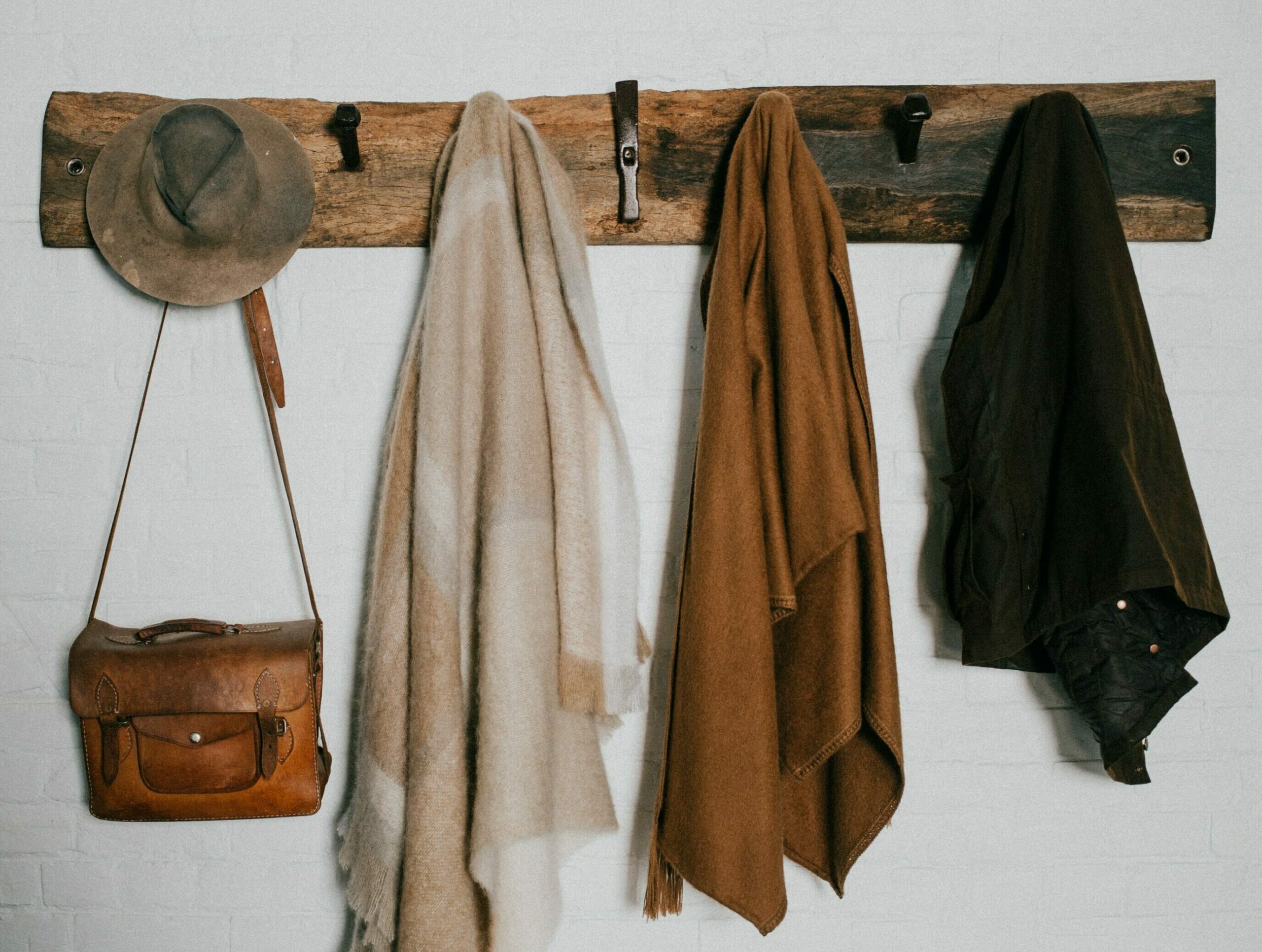

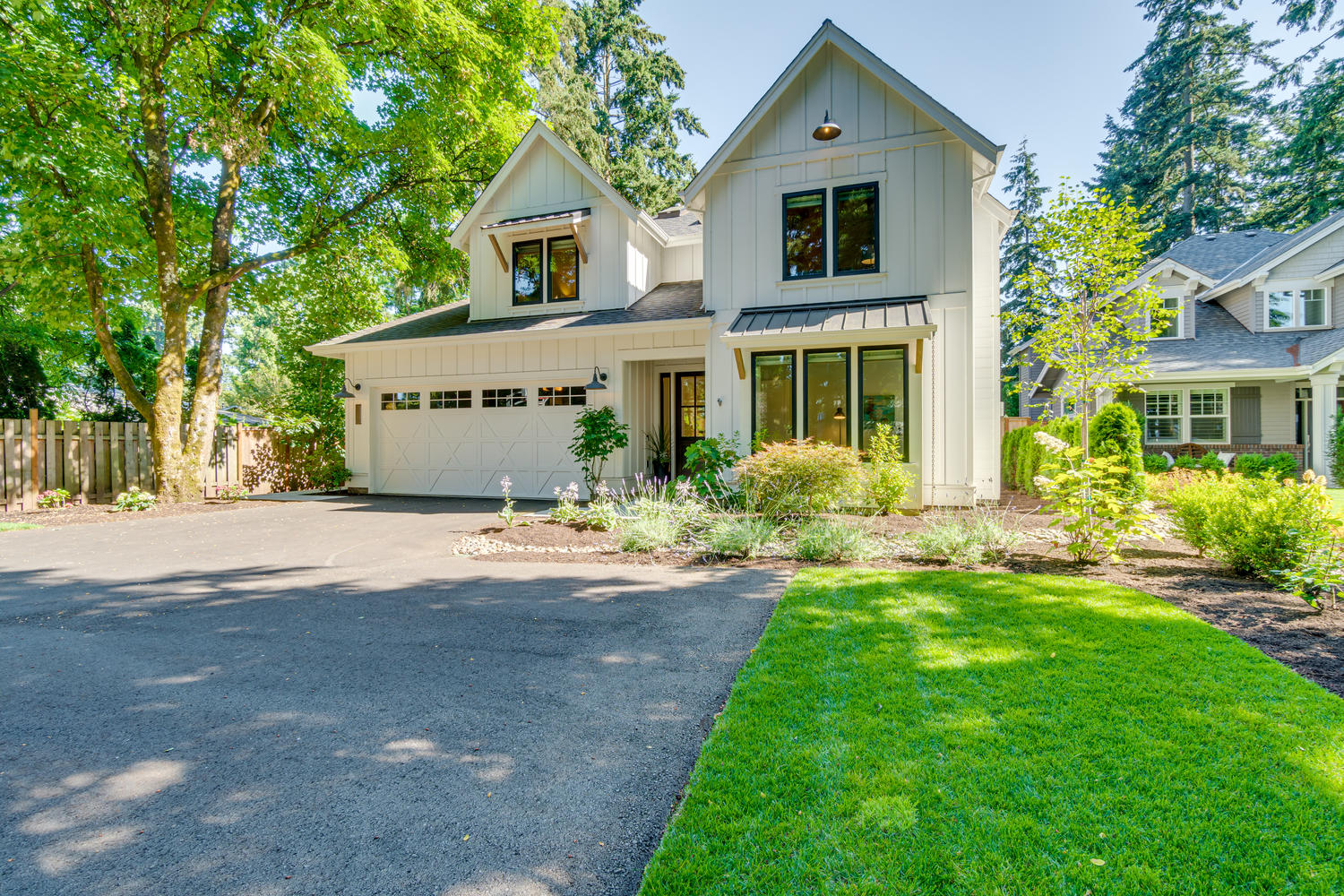




 What will learning look like this fall? Will schools reopen? Will my kids be doing remote learning? If you’re a parent of school-aged children, these questions are undoubtedly at the top of your mind. If 2020 has taught us anything, it’s that very little in life is predictable. And even if schools reopen initially in the fall, it seems likely that kids will be learning at home at least some of the time. Here are a few key tips to prepare your house:
What will learning look like this fall? Will schools reopen? Will my kids be doing remote learning? If you’re a parent of school-aged children, these questions are undoubtedly at the top of your mind. If 2020 has taught us anything, it’s that very little in life is predictable. And even if schools reopen initially in the fall, it seems likely that kids will be learning at home at least some of the time. Here are a few key tips to prepare your house: 

 Keys in hand, whoop whoop! Congratulations to David and Emily on the purchase of their first home together! This lovely couple chose a sweet SW Portland townhome with a DIY project or two in mind–perfect for the soon-to-be newlyweds. Congratulations, you two, and thank you for letting me be a part of this big step in your lives!
Keys in hand, whoop whoop! Congratulations to David and Emily on the purchase of their first home together! This lovely couple chose a sweet SW Portland townhome with a DIY project or two in mind–perfect for the soon-to-be newlyweds. Congratulations, you two, and thank you for letting me be a part of this big step in your lives!
 If you’ve bought or sold a home in the last year or two in the city of Portland, or if you’ve just cruised real estate listings online for fun (I know—I do it, too!), you have probably noticed “HES” accompanied by a number in the home descriptions. “HES” stands for “
If you’ve bought or sold a home in the last year or two in the city of Portland, or if you’ve just cruised real estate listings online for fun (I know—I do it, too!), you have probably noticed “HES” accompanied by a number in the home descriptions. “HES” stands for “
 We’re all spending a lot of time at home these days—too much, most would say. Home used to be the place we gathered to eat and relax with family and friends, and to sleep, a place to recharge and get ready to go back out into the world. Now, for many of us, working and learning are also home-based activities. And even if you are an essential worker and out in the world each day, just as in pre-COVID times, the home has now become even more of a sanctuary from the outside world.
We’re all spending a lot of time at home these days—too much, most would say. Home used to be the place we gathered to eat and relax with family and friends, and to sleep, a place to recharge and get ready to go back out into the world. Now, for many of us, working and learning are also home-based activities. And even if you are an essential worker and out in the world each day, just as in pre-COVID times, the home has now become even more of a sanctuary from the outside world.













